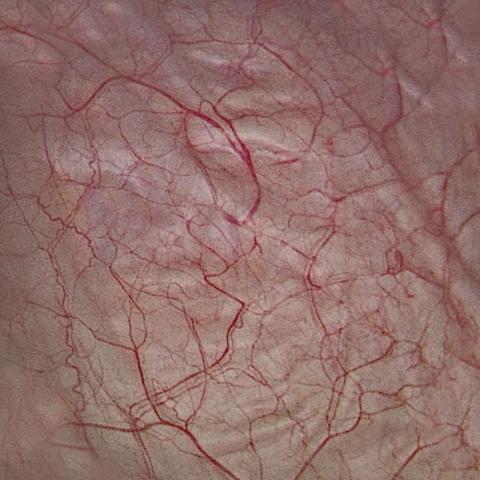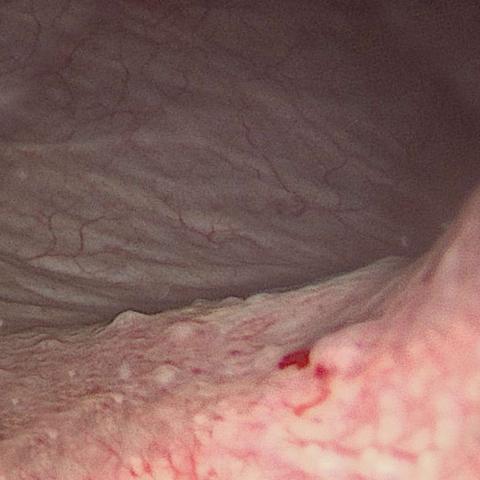Is it really a UTI?
One of the first things to establish in a person presenting with symptoms of urinary tract infection, is that it truly is a urinary tract infection.
The easiest way to confirm a UTI is with an MSU (mid-stream urine specimen) also known as a urine culture (which is a specimen of urine sent to the laboratory) that gives information about:
- Presence of bacteria in the urine
- Type of bacteria
- The sensitivity of the bacteria to various antibiotics

Normal bladder.

Inflamed bladder due to recurrent UTI.

Very inflamed bladder due to recurrent UTI.
“Cystitis” or bladder inflammation is most commonly caused by a UTI, but there are many other conditions that can cause similar symptoms such as:
- Common genital infections including
- Candida infections of the vagina and vulva (commonly known as “thrush”)
- Sexually transmitted infections such as chlamydia or gonorrhoea
- Non infective bladder inflammation including
- Interstitial cystitis/ painful bladder syndrome
- Drug reactions
- Cancer in the urinary tract
- Stones in the bladder
- Poor bladder emptying with “overflow incontinence”
- Severe pelvic organ prolapse in women
- Other pelvic abnormalities pressing on the bladder e.g.
- Diverticulitis- with inflamed bowel
- Pelvic mass related to gynaecological abnormalities
The importance of having an MSU (Mid-Stream Urine Specimen)
Particularly in people suffering from recurrent UTIs, the MSU is crucial (as discussed above) both in making the correct diagnosis and in guiding the correct treatment of a UTI.
- The initial diagnosis of UTI can be made by a combination of the history and abnormal urine findings on a simple urine test called a “dipstick” test of urine which checks for blood, pus cells and bacteria in the urine.
- The MSU test should be taken BEFORE starting antibiotics but it is not necessary to wait for a result, which can take a few days to become available.
- Treatment can be started with an appropriate antibiotic as soon as the MSU has been taken, and can be changed if needed when the result of the MSU is available.
- A mid-stream specimen of urine (MSU) is always more challenging to collect in a woman because it involves separating the labia (lips of the vagina) during urination so that the urine specimen is not contaminated by the normal bacteria that live on the skin and vagina. The initial urination is passed into the toilet and the “middle” part of the urine stream is collected to form the MSU.
Recommended investigations in recurrent UTIs
- Mid-stream urine testing (MSU)
- Imaging of the urinary tract with either a renal tract ultrasound or CT scan:
- This checks for predisposing factors such as stones and congenital (present since birth) abnormalities in the urinary tract
- Ultrasound also provides an assessment of bladder emptying
- Imaging of the urinary tract is most useful in identifying abnormalities of the kidneys and ureters (drainage systems of the kidneys) but is less useful in excluding abnormalities of the urethra and bladder.
- Cystoscopy – an examination of the urethra and bladder using a small telescope inserted via the urethra (urine pipe draining the bladder) designed to directly inspect the lining of the urethra and bladder.
- Other tests that are sometimes used in selected patients to determine if there is blockage in the urinary include:
- Flow rate test:
- Involves passing urine into a special toilet that measures the speed at which urine is passed to look for the possibility of blockage of flow of urine from the bladder
- Urodynamic testing
- Flow rate test:





